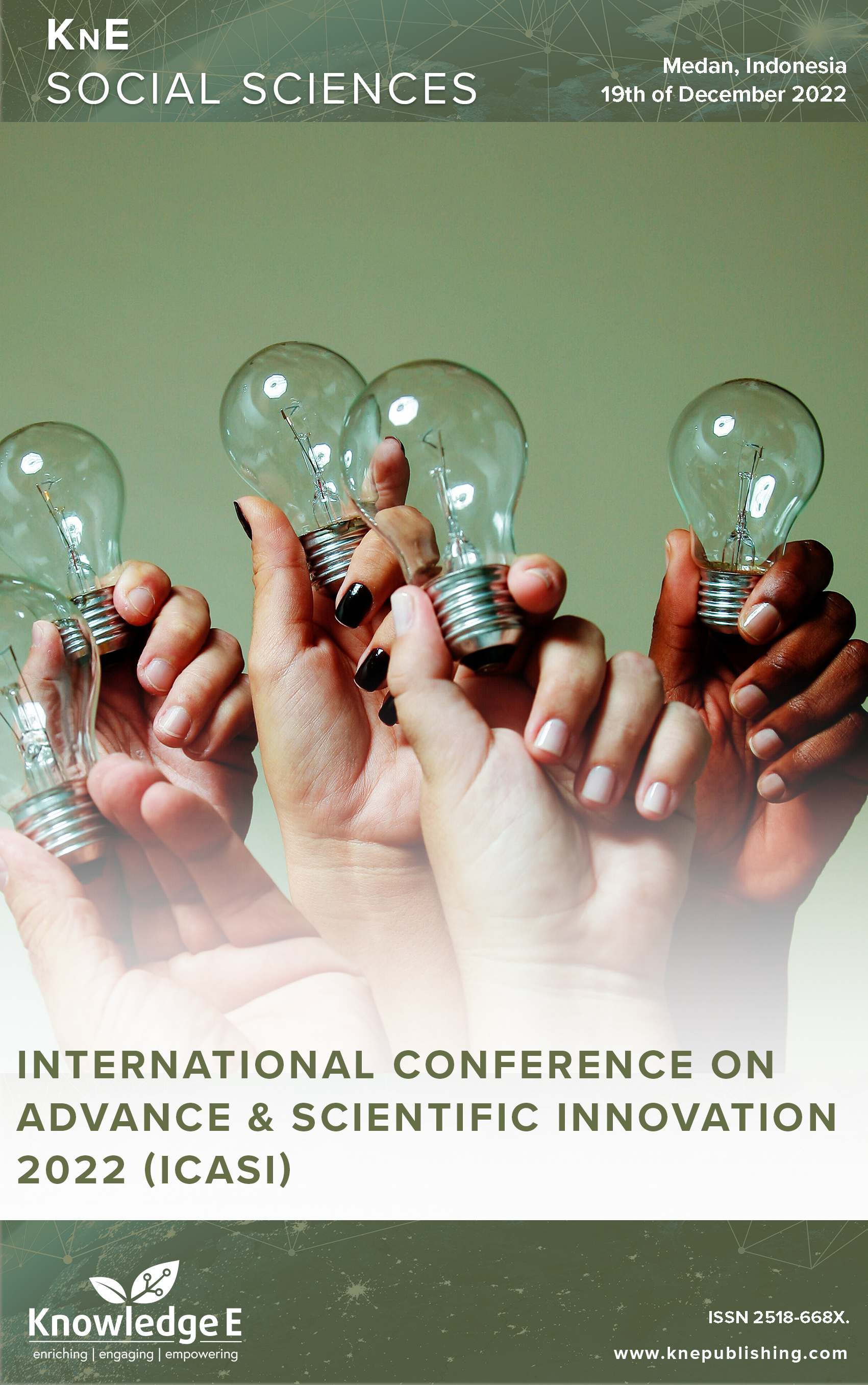Risk Assessment Technology on the Application of Admission of New Students in High School
DOI:
https://doi.org/10.18502/kss.v8i9.13317Abstract
The rapid development of technology makes almost all service activities use information technology, including service activities in schools. One of the services provided by the school is to facilitate prospective students who are interested in registering as new students at school by building an open source-based new student registration application so that prospective students can register anywhere without having to come to school directly. The use of this application has several technological obstacles such as the system being locked due to being hacked by hackers, phishing, attacks from viruses, attacks from previous people who know the security of data from a computer system, unstable computer networks that affect the operational process to be slow, and low level of computer security. The purpose of this study is to provide recommendations for controlling the risk of using information technology in new student registration applications so as to minimize future losses to schools by measuring the likelihood and impact of using computer technology. The risk assessment model uses the NIST SP 800-30r1 framework, which is used as a tool to measure how big is the threat level and the impact caused by attacks that attack the application. The NIST SP 800-30r1 framework has stages such as recognizing system characteristics, threats, vulnerabilities, analyzing system handling, determining likelihood, determining impact, risk determination, recommending control, and determining results. The results of this study were used as recommendations to minimize losses obtained by schools and as a benchmark for controlling the risk of using technology to improve the quality of schools.
Keywords: risk assessment technology, admission, high school
References
[2] Prasetyo, Zico, Afriyeni A. ”Implementation of operational risk management at PT. West Sumatra Regional Development Bank Branch painan South Coast Regency.” 2019.
[3] Prakasa JE. Improved security of information systems through the classification of attacks on information systems. Sci J Inf Technol Asia. 2020;14(2):75–84.
[4] Khairina DM. “Login system security analysis.” Mulawarman Informatics: Scientific. J Comput Sci. 2016;6(2):64–67.
[5] Umar R, Riadi I, Handoyo E. Information system security analysis based on THE COBIT 5 framework using capability maturity model integration (CMMI). J Bus Inf Syst. 2019;1:47–53.
[6] Melani YI, Mahmud M. Risk assessment on the monitoring system of teaching and learning activities in private universities. J Technol Inf Sys. Jurteksi. 2020;7(1):23–32.
[7] Isnaini KM. Ade. “Analysis of the influence of risk assessment (risk assessment) on mining accidents on coal mining activities (case study at Pt. Baturona Adimulya).” J Eng Patra Akademika. 2017;8(02):19–25.
[8] Edi FR. Psychodignostic interview theory. LeutikaPrio Publisher; 2016.
[9] Mayasari, Silvina. ”The effectiveness of Instagram social media in the publication of the anniversary of the National Museum of Indonesia (MNI) to the community.” 2018:190-196.
[10] Ayudia A, Suryanto E, Waluyo B. Analysis of Indonesian language usage errors in the observation report in junior high school students. BASASTRA. 2017;4(1):34–49.
[11] Sari N, Achnes S. Tourist satisfaction with culinary tourism in the beautiful beach attractions Selatbaru District Bantan Bengkal is. Diss Riau University; 2016.
[12] Risanty, Dewi R, Sopiyan A. ”The creation of a teaching and learning evaluation questionnaire application using Telegram Bots at the Faculty of Engineering, University of Muhammadiyah Jakarta (Ft-Umj) with polling methods.” Proceedings semnastek (2017).
[13] Nugroho, Eko. Principles of compiling questionnaires. Universitas Brawijaya Press; 2018.
[14] Aha D, et al. ”UCI repository of machine learning database.” 1987.
[15] Meilani YI, Syamsuar D, Kunang YN. “Technology risk assessment on E-university academic information system implementation.” J Comp Dev 1.1. 2019;54-
[16] Catal C, Diri B. “A systematic review of software fault prediction studies”. Expert Syst Appl. 2009;36(4):7346–7354.

